Share this post
AUTHOR:
Simple Ways to Improve Client Communication Before a Shoot
October 15, 2025
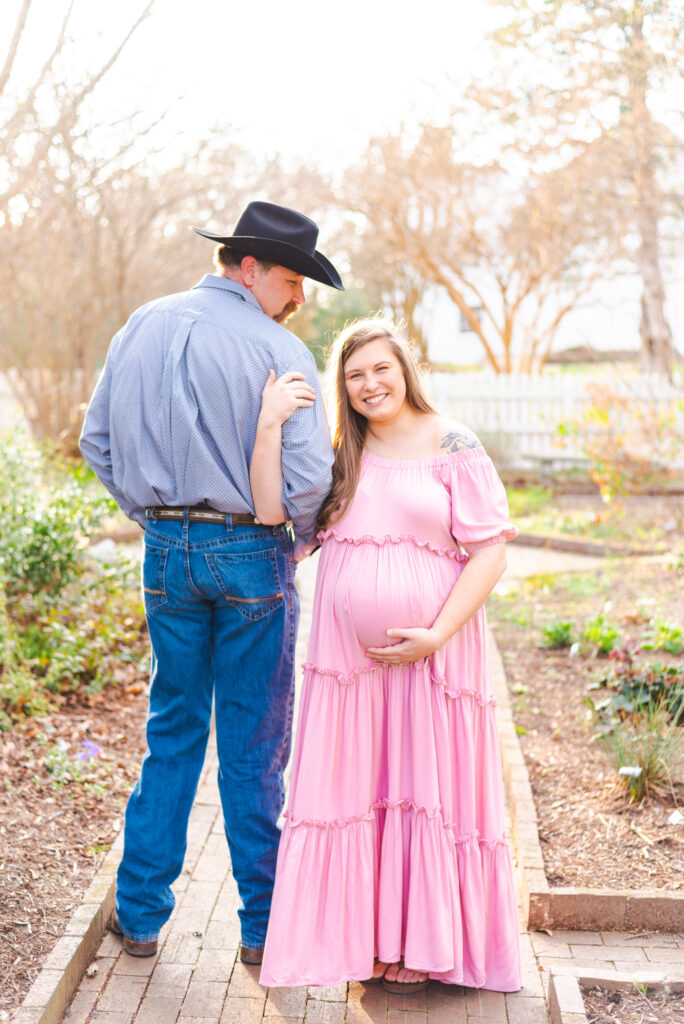
For photographers, great images cannot exist without something equally important, great client communication. From the initial inquiry to the moments leading up to the shoot, how you communicate with your clients builds trust, sets expectations, and ensures a smooth experience. Too often, a misstep in communication can lead to last-minute stress, confusion about wardrobe or location, or unmet expectations that hurt your reputation. But when client communication is clear, professional, and thoughtful, clients feel cared for, confident, and excited about their shoot.
Here are 10 simple and effective strategies:
- Start with a Warm Welcome Email
- Share a Detailed Prep Guide
- Set Clear Expectations Early
- Use Questionnaires to Understand Clients
- Confirm Details in Advance
- Offer Style and Wardrobe Guidance
- Communicate Location Logistics Clearly
- Set Up a Pre-Shoot Call or Meeting
- Manage Timelines and Scheduling
- Follow Up with Reassurance
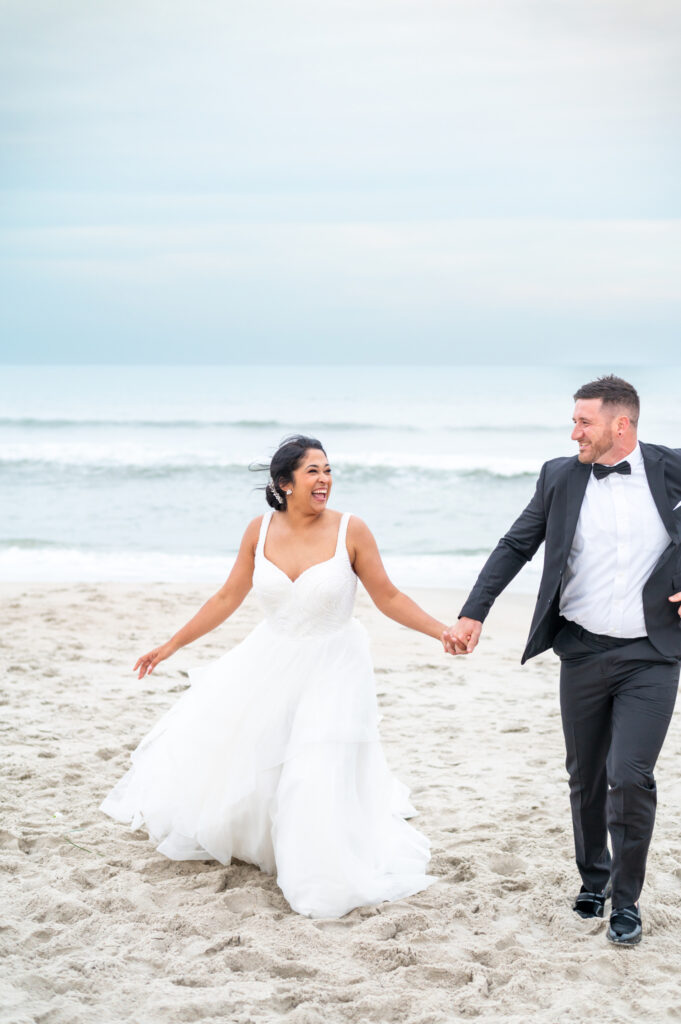
Start with a Warm Welcome Email
A warm welcome email is often the first real interaction a client has with you, so it sets the tone for everything that follows. Taking the time to personalize this message shows clients that they’re not just another booking, but someone you value. It’s a simple gesture that builds trust right away and creates a professional first impression. By offering reassurance and excitement in this email, you’re already helping clients feel comfortable before the shoot even begins.
Creating a Personal Introduction in Client Communication
The first step of good client communication is setting the tone with a warm, personal welcome email. Instead of sending a short transactional reply, introduce yourself, thank the client for reaching out, and begin building rapport. This establishes trust from the very first interaction. For more tips on how to make your clients feel important; take a look at our blog Closing the Client Experience Gap.
Sharing Your Process in Early Communication
A welcome email is also a great opportunity to outline your photography process. Sharing what clients can expect in terms of scheduling, turnaround times, and communication style allows for more transparent, comfortable client communication from the start. This removes uncertainty and sets you up as someone who is both approachable and professional.
Share a Detailed Prep Guide
Prep guides are invaluable because they minimize client uncertainty while showing that you’ve thought ahead on their behalf. Most clients have little idea of what to expect during a shoot, and this can cause nervousness. By handing them a guide, you not only answer common questions but also prevent repetitive emails back and forth. It also shows that you’re invested in making the process as smooth and enjoyable as possible.
Photography Prep Guides Improve Client Communication
Clients may come into a shoot without knowing what to expect. Providing a clear prep guide, with tips on clothing, posing, and preparation, creates confidence. This proactive approach to client communication eliminates uncertainty and empowers clients to feel ready.
Using Visuals in Prep Guides for Communication
Adding example images or visual guides creates clarity. Instead of just explaining wardrobe ideas, show sample outfits. Visual storytelling enhances client communication by offering tangible references clients can rely on. It also saves clients from second-guessing themselves, which creates a calmer, more enjoyable experience.
Set Clear Expectations Early
Misunderstandings almost always happen when expectations aren’t set early. By being upfront, you not only prevent problems later but also create space for your clients to ask clarifying questions. Clear communication builds a foundation of trust and reduces the likelihood of difficult conversations after the shoot. This is one of the most important habits to develop as a professional.
Prevent Misunderstandings Through Client Communication
Setting clear expectations upfront prevents disappointment. Whether it’s policies on rescheduling, final photo counts, or delivery timelines, direct client communication helps avoid situations where clients feel let down. When everything is outlined from the start, clients know exactly what they’re paying for and when they’ll receive it.
Using Contracts for Transparent Communication
Alongside verbal agreements, contracts are vital tools for consistent client communication. They outline services, costs, and deliverables, protecting both the photographer and the client while making the business relationship professional and transparent. Clients will often feel reassured when they see that you’ve documented everything clearly.
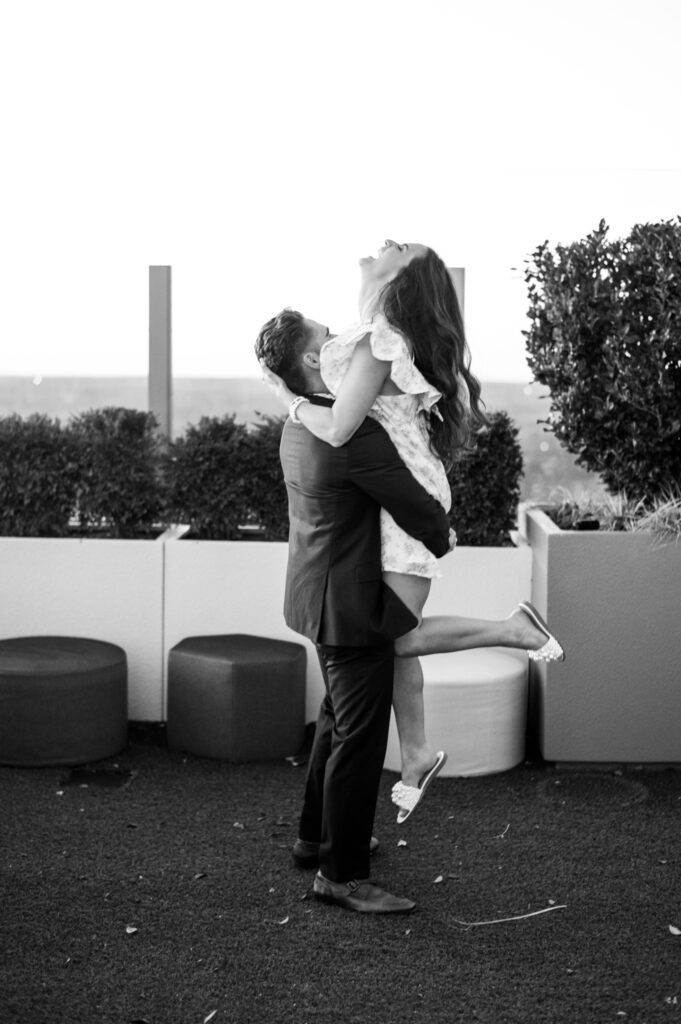
Use Questionnaires to Understand Clients
Questionnaires are a small but powerful tool to elevate your communication. They provide insight into what clients truly want while giving you material to tailor the session. This helps ensure that both your creative vision and the client’s expectations are aligned. It also makes clients feel valued because you’ve taken time to ask for their input. Take a look at this blog that goes in depth on Questionnaires in photography.
Questionnaires Deepen Client Communication
Photography isn’t one-size-fits-all. Detailed questionnaires about vision, personality, and preferences open the door for more personalized shoots. This type of proactive client communication shows clients that you genuinely care about meeting their needs.
Aligning Vision Through Effective Communication
When clients describe what they want through a questionnaire, it closes gaps between assumptions and reality. This simple tool in client communication ensures the photographer’s creative direction aligns perfectly with client expectations. In the long run, it prevents disappointment and increases client satisfaction.
Confirm Details in Advance
Last-minute confusion is one of the biggest stressors in client-photographer relationships. Confirming details ahead of time reduces uncertainty and ensures both you and your client are fully prepared. It also signals professionalism, which reassures clients that you’re reliable. A short confirmation email can save hours of frustration on the day of the shoot.
Confirming Shoot Logistics in Client Communication
At least a few days before the shoot, send a confirmation email that covers time, location, and any special requests. This reminds clients about details and updates them if changes occur. This check-in reinforces reliable, professional client communication.
Confirming Backup Plans Through Communication
Weather changes, illness, or unexpected issues happen. By discussing backup plans in advance, you strengthen client communication and reassure clients that no matter what, you’re prepared with solutions. Clients will appreciate knowing that you have contingencies in place.
Offer Style and Wardrobe Guidance
Wardrobe concerns can easily overwhelm clients, especially those who rarely get professional photos. By offering thoughtful wardrobe advice, you help clients feel confident and prepared. This not only makes the shoot smoother but also improves the quality of the final photos. When clients feel like they look their best, the experience becomes much more enjoyable.
Styling Advice Improves Client Communication
Wardrobe choices often worry clients more than they admit. Offering styling tips, from color palettes to comfort-focused advice, enhances the client’s confidence. These conversations highlight thoughtful client communication that helps clients feel photo-ready.
Using Style Boards as a Communication Tool
Mood boards or virtual styling guides add value to your sessions. Sharing curated boards builds excitement and keeps client communication engaging and collaborative. Clients see how their shoot will come together visually. This extra step also makes them feel involved in the creative process.
Communicate Location Logistics Clearly
Clear directions prevent stress before a shoot and help clients feel taken care of. Even in a world where GPS is widely available, not every location is straightforward. Clients will always appreciate extra instructions or reminders to make sure they arrive on time. These details may seem small, but they play a big role in overall client satisfaction.
Explaining Directions in Client Communication
Even in the age of GPS, miscommunication about locations can cause late arrivals and tension. Offer detailed directions, parking advice, and landmarks. Clear, practical client communication ensures clients arrive stress-free and ready to shoot.
Location Walkthroughs Enhance Communication
For more complex venues or outdoor shoots, consider sending a quick video or map that outlines the space. This kind of proactive client communication builds confidence and demonstrates professionalism. It also makes the day flow more smoothly since clients know what to expect.
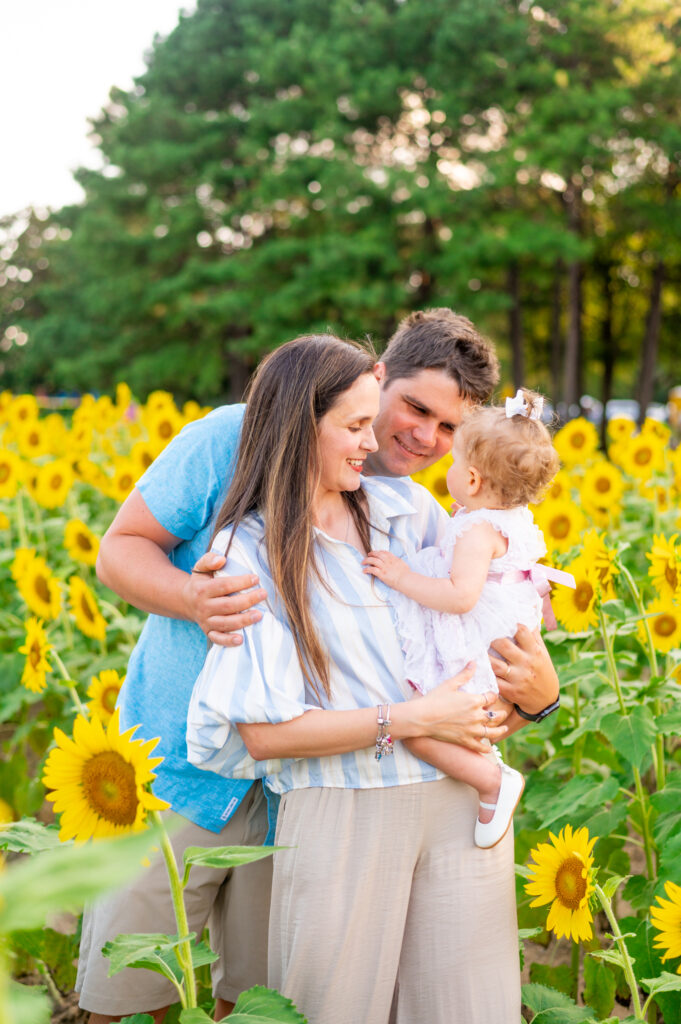
Set Up a Pre-Shoot Call or Meeting
Live conversations allow for nuances that emails simply can’t capture. Setting up a pre-shoot call ensures that both you and your client are fully aligned. It also helps clients feel heard and valued, which can boost their comfort level on shoot day. This added touch of personalization often results in better cooperation and stronger rapport.
Building Trust Over Phone or Video Calls
Emails are efficient, but sometimes client communication is more effective over the phone or video call. A pre-shoot chat builds comfort, clarifies questions, and personalizes your connection in ways text cannot. This sets the stage for a smoother client experience.
Using Pre-Shoot Calls for Clarity in Communication
Calls help address important client concerns directly. Discussing vision, logistics, and expectations through live client communication allows for fewer misunderstandings once the shoot begins. Clients often walk away from these calls feeling reassured and excited.
Manage Timelines and Scheduling
Clear timelines help prevent stress for both you and your clients. When you communicate how long things will take, from the shoot itself to image delivery, you reduce the chances of unmet expectations. Tools like scheduling software can help you stay organized and avoid conflicts. By being upfront about timeframes, you show clients that you respect their time as much as your own.
Scheduling Tools Enhance Client Communication
Scheduling apps like Calendly or HoneyBook streamline appointments and reduce scheduling conflicts. Incorporating them into your workflow also demonstrates an organized approach to client communication. Clients feel reassured knowing there’s no guesswork involved.
Setting Realistic Timelines with Clients
Clients deserve to know how long shooting, editing, and delivery will take. Communicating realistic, achievable timelines boosts satisfaction and sets you apart as a professional with strong client communication skills. Transparency here prevents tension down the line.
Follow Up with Reassurance
Checking in shortly before the shoot is a small gesture with big impact. A reassuring message reminds clients that everything is on track and shows that you’re attentive. This kind of communication builds confidence while reducing pre-shoot anxiety. It’s also a chance to add encouragement and create excitement.
Pre-Shoot Check-Ins and Client Communication
Sending a quick message a day or two before the session reassures clients that everything is set. This simple act of proactive client communication eases nerves and makes clients feel cared for. It also gives them one last opportunity to ask questions.
Reassuring Nervous Clients with Encouragement
Some clients may feel anxious about being in front of the camera. Words of encouragement or tips on how to relax remind them why they trusted you. This personal touch elevates client communication from transactional to relationship-driven.
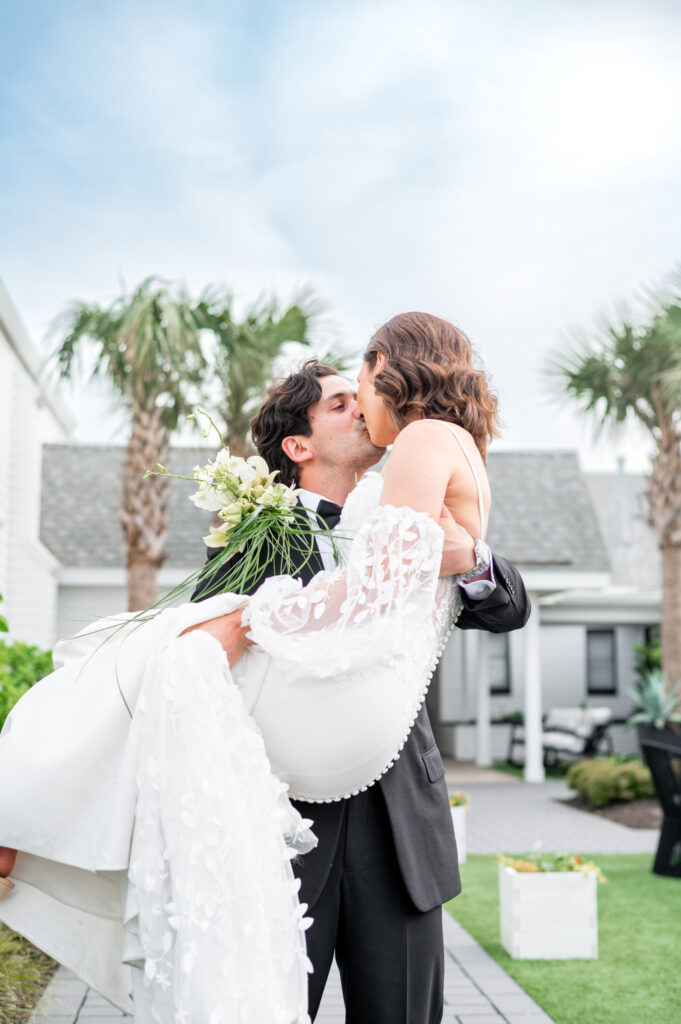
Improving client communication isn’t just about avoiding mistakes, it’s about creating memorable experiences that clients will talk about long after the shoot. Every touchpoint, from the welcome email to the final reassurance message, shapes how clients feel about working with you. The more thoughtful and intentional you are, the more likely you’ll turn first-time clients into repeat clients and enthusiastic referrers. When you communicate well, your photography doesn’t just capture beautiful images, it builds lasting relationships.
Strong client communication doesn’t just improve one photoshoot, it builds loyalty, trust, and referrals for years to come. By being proactive, thoughtful, and professional in every message or meeting, you create a client experience that stands out. Begin implementing these strategies before your next session and watch the difference in both your client’s confidence and your final portfolio. Ready to level up your communication game? Sign up for 1:1 Coaching today to improve your communication.
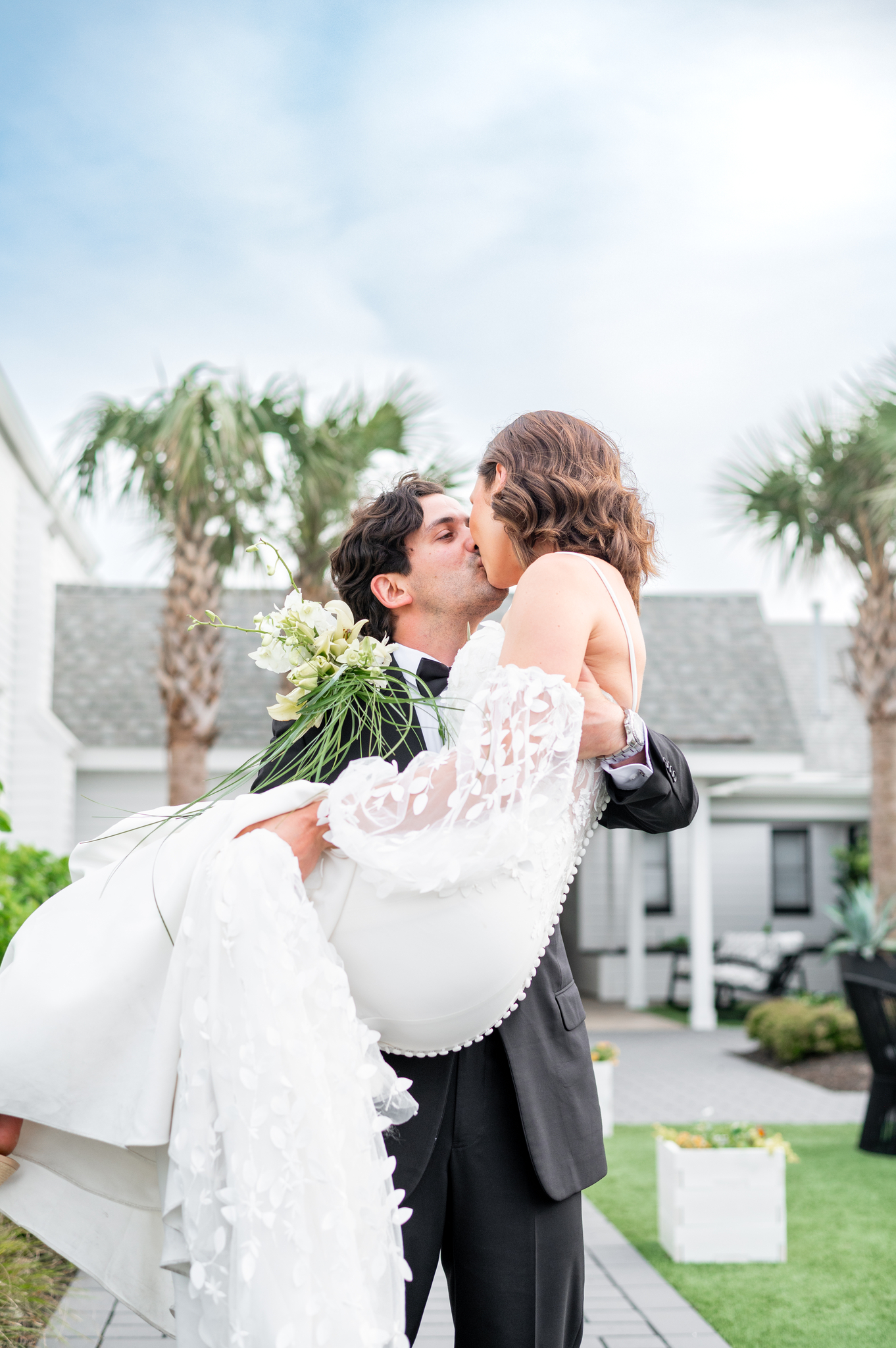
Comments